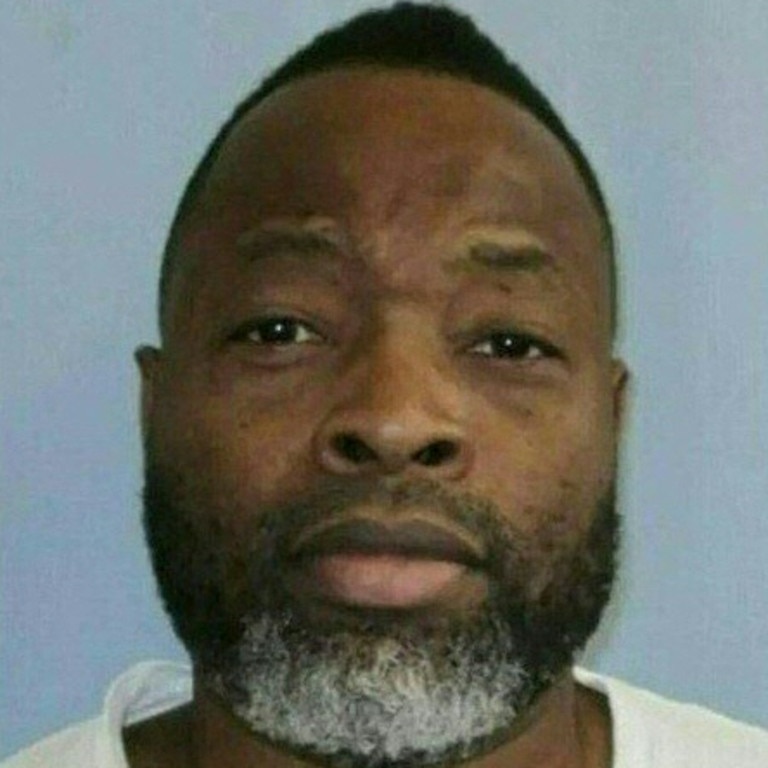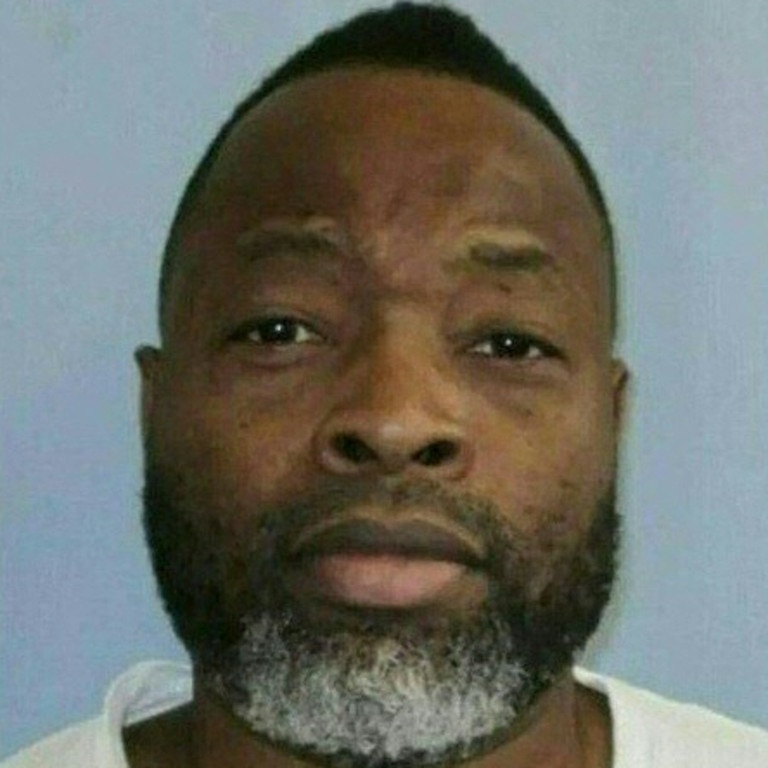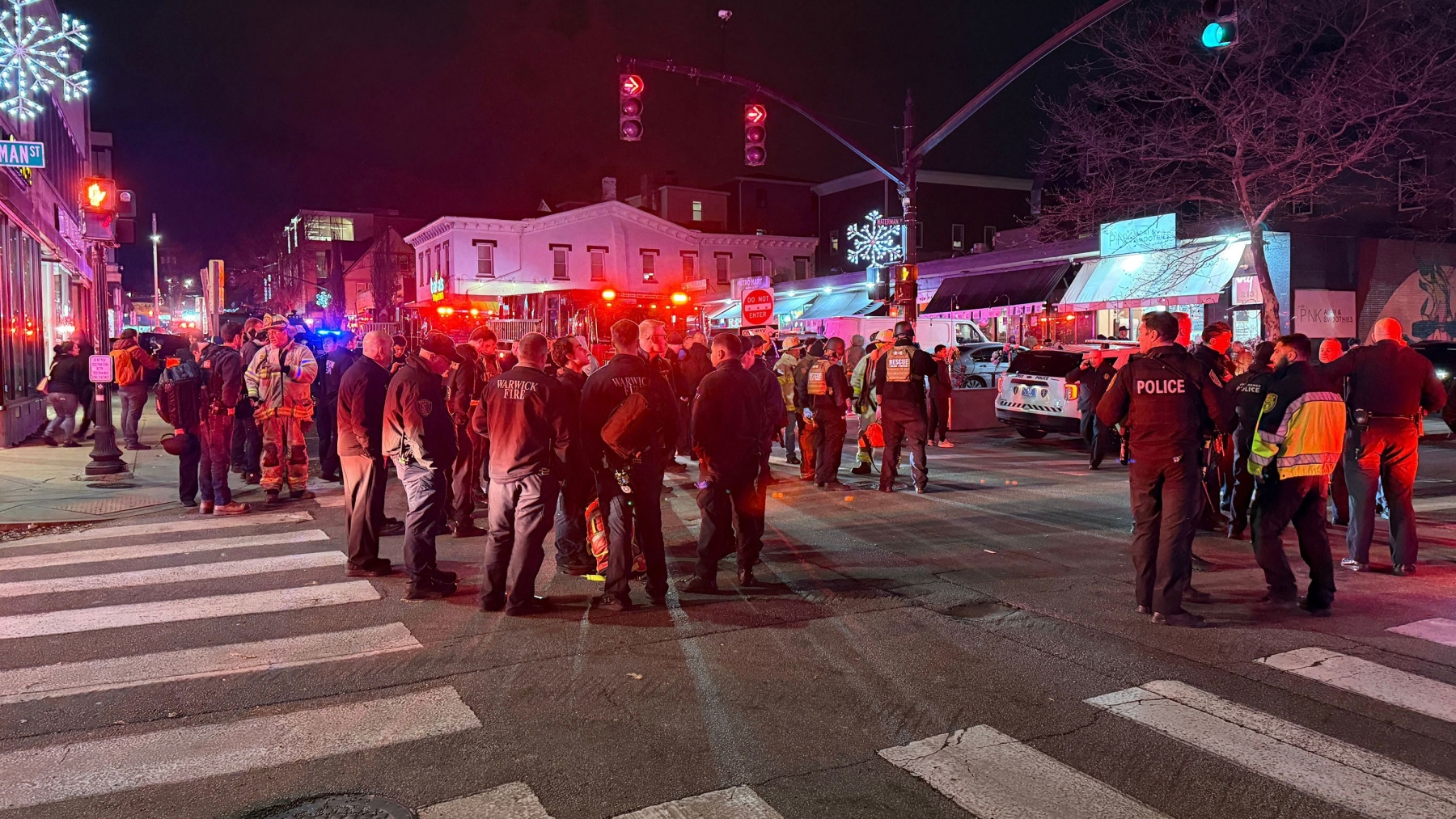
This article is more than
3 year old Outrage over ‘longest execution ever’

A US killer put to death last month was put through “three hours of pain and suffering” in what may have been “the longest execution ever”, according to a human rights group that funded an independent autopsy.
Joe Nathan James Jr, 50, was supposed to have been executed at 6pm on July 28, despite the desperate objections of his slain victim’s family who fought to spare his life, the New York Post reports.
However, his lethal injection was delayed until 9.04pm and he was not pronounced dead until 9.27pm.
Alabama Corrections Commissioner John Hamm had insisted that “nothing out of the ordinary” had caused the delay, and denied reporters’ speculation that James was already sedated when the execution began.
However, suspicions over his death led to an independent autopsy that The Atlanticclaimed proved “something terrible had been done to James while he was strapped to a gurney behind closed doors”.
The magazine’s reporter Elizabeth Bruenig detailed how the death row inmate’s “hands and wrists had been burst by needles, in every place one can bend or flex”.
She showed photos to pathologist Mark Edgar, who said the injuries appeared to show that “the IV team was unqualified for the task in a most dramatic way”, with one wound “more consistent with trauma … incurred during a struggle”.

Joel Zivot, an associate professor of anaesthesiology and surgery at Emory University, wrote in his assessment of the autopsy that “it is possible that this just represents gross incompetence”.
Some of the wounds suggested James had also been sedated before the final execution, despite officials’ denials, the report stated.
The human rights non-profit Reprieve, which funded the autopsy, said the case proved to be even more alarming than first feared.
“Alabama’s execution of Joe Nathan James Jr. took longer than any lethal injection in recorded US history, and may even be the longest execution ever using any method,” the group said.
“Subjecting someone to three hours of pain and suffering is the definition of cruel and unusual punishment.”
The autopsy suggested that the execution began “hours before media witnesses were allowed into the execution chamber”, when they were “locked in a prison van without their phones” – and one female reporter was even made to change into a longer skirt.
James Jr “essentially underwent two executions: a torturous procedure behind closed doors, then a theatrical performance for witnesses,” Reprieve insisted.
The group noted how Alabama in 2018 had to call off the execution of Doyle Lee Hamm after staff had trouble finding a suitable vein for the intravenous line, puncturing him at least 11 times in his limbs and groin while trying unsuccessfully to connect the IV line.
Hamm ultimately died of cancer last year.

“Instead of learning the lessons, Mr James’ execution suggests Alabama officials are using that botched execution as a template,” Reprieve claimed.
John Palombi, an assistant federal defender, called for “an immediate moratorium on all executions in the state of Alabama”.
“The details of the torture inflicted on Joe James are tragic, but unfortunately no surprise to anyone who has had a client executed in Alabama with lethal injection,” he told The Atlantic.
Prison officials admitted that the delay was caused by difficulties establishing an intravenous line.
“The protocol states that if the veins are such that intravenous access cannot be provided, the team will perform a central line procedure. Fortunately, this was not necessary and with adequate time, intravenous access was established,” the Alabama Department of Corrections said in a statement at the time.
Commissioner Hamm denied that James had been sedated.
However, one of the inmate’s last lawyers, Jim Ransom, told The Atlantic that he found it impossible to believe after hearing his ex-client had kept his eyes closed throughout and did not offer any last words.

“That sent up red flags. It didn’t ring true … Joe always had something to say,” he told the magazine of the client who would’ve “wanted to fight ‘em to the very last minute”.
James Jr. was put to death for the 1994 murder of his 26-year-old ex-girlfriend Faith Hall – despite desperate attempts by the victim’s family to stop it.
“Nobody called us, nobody reached out to us, nobody – nobody – got in touch with us,” Ms Hall’s brother Helvetius told The Atlantic.
“This is not what [my sister] would have wanted. And we deserve an apology for that.”
The slain woman’s youngest daughter, Toni, said her appeals to talk to the district attorney’s office were all dismissed.
The corrections department did not respond to questions about The Atlantic’s report, the magazine said.
Commissioner Hamm had previously strongly defended his department’s actions in the delayed case.
“I can’t overemphasise this process. We’re carrying out the ultimate punishment, the execution of an inmate. And we have protocols and we’re very deliberate in our process, and making sure everything goes according to plan. So if that takes a few minutes or a few hours, that’s what we do,” he told reporters.
This article originally appeared on the New York Post and has been reproduced with permission




